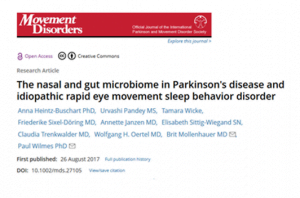Researchers have revealed the molecular basis of the hereditary form of early-onset Alzheimer’s disease. These new findings offer compelling insights for the design of novel therapeutic strategies to tackle the disease. The hereditary form of Alzheimer’s disease is caused by mutations in the Gamma Secretase enzyme and the APP protein. Gamma Secretase cuts APP several times in a progressive manner, with each cleavage generating a shorter fragment, called amyloid beta, which gets released into the brain.
The research team discovered that disease-causing mutations in Gamma Secretase and APP disrupt the cleavage process leading to the generation of longer amyloid beta fragments that are only partially digested. These longer amyloid fragments are thought to cause widespread neuronal death, resulting in memory problems and other symptoms of Alzheimer’s disease, before clumping together to form amyloid plaques. The researchers uncovered that the disease-causing mutations disrupt this process by weakening the interactions of Gamma Secretase and APP during the progressive cleavages. In that way they promote the premature release of longer amyloid beta fragments. The more the Gamma Secretase-APP interaction is undermined, the sooner Alzheimer’s disease develops. The report also suggests that changes in the cellular environment could impact the interaction between Gamma secretase and APP, thereby affecting the risk of developing the non-hereditary form of Alzheimer’s disease. A
These findings have important implications for the prevention or treatment of the disease. Previous attempts to tackle the toxic effects of amyloid beta have mostly focused on blocking its production or removing the amyloid plaques from the brain. However, the new insights suggest that stabilizing the interaction between Gamma secretase and APP might be enough to avoid the release of longer and toxic amyloid beta fragments and in that way prevent or delay the disease.
Paper: « Alzheimer’s-Causing Mutations Shift Aβ Length by Destabilizing γ-Secretase-Aβn Interactions »
Reprinted from materials provided by VIB (the Flanders Institute for Biotechnology).


